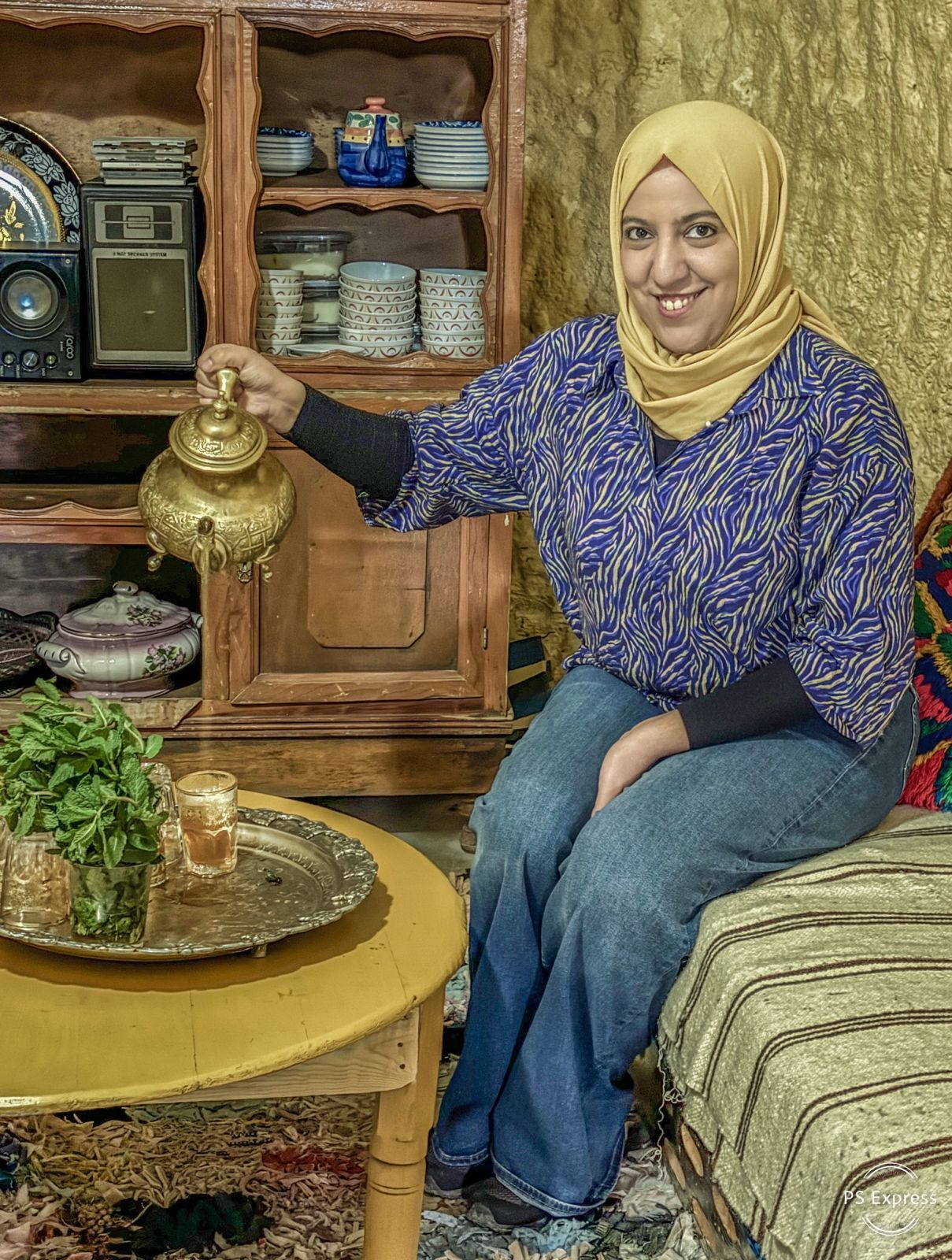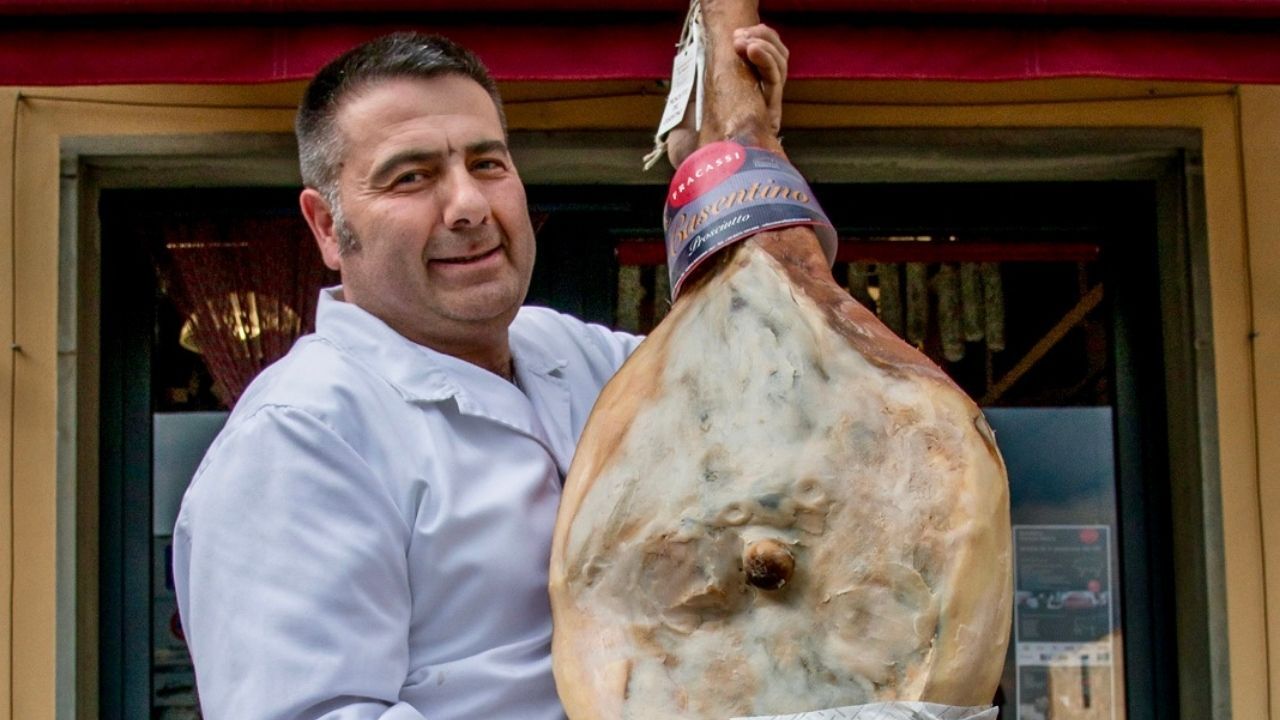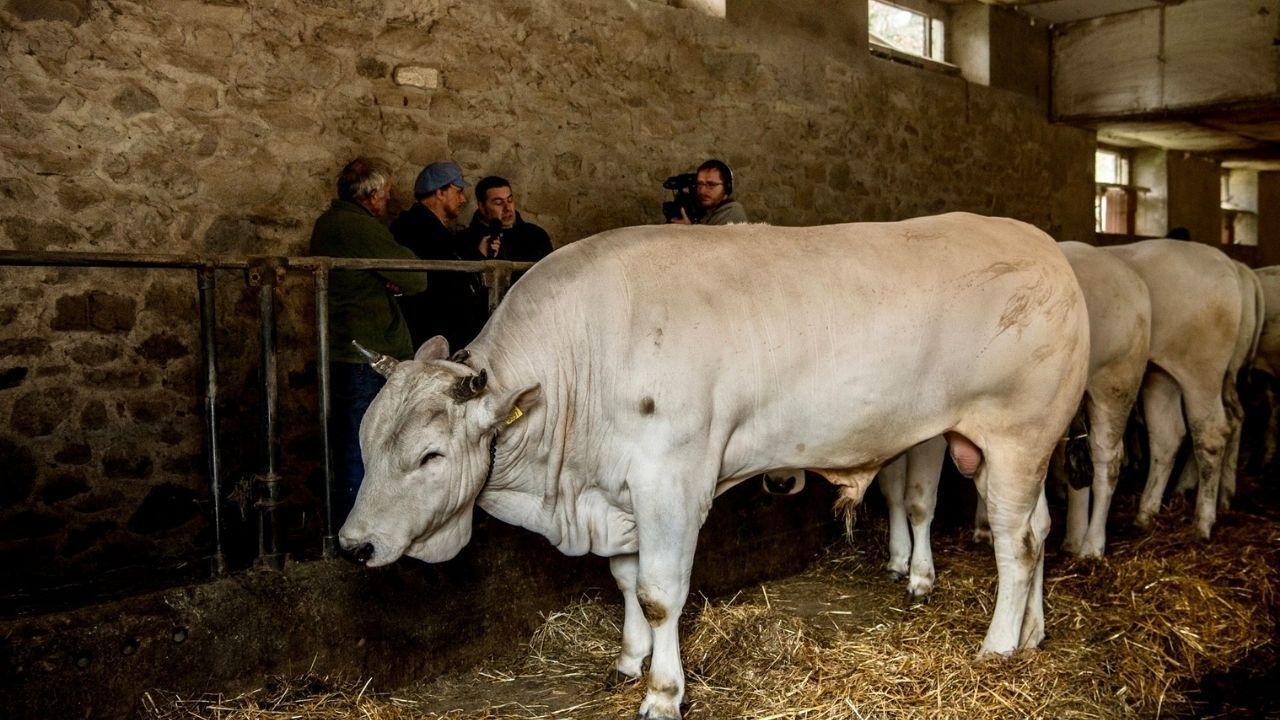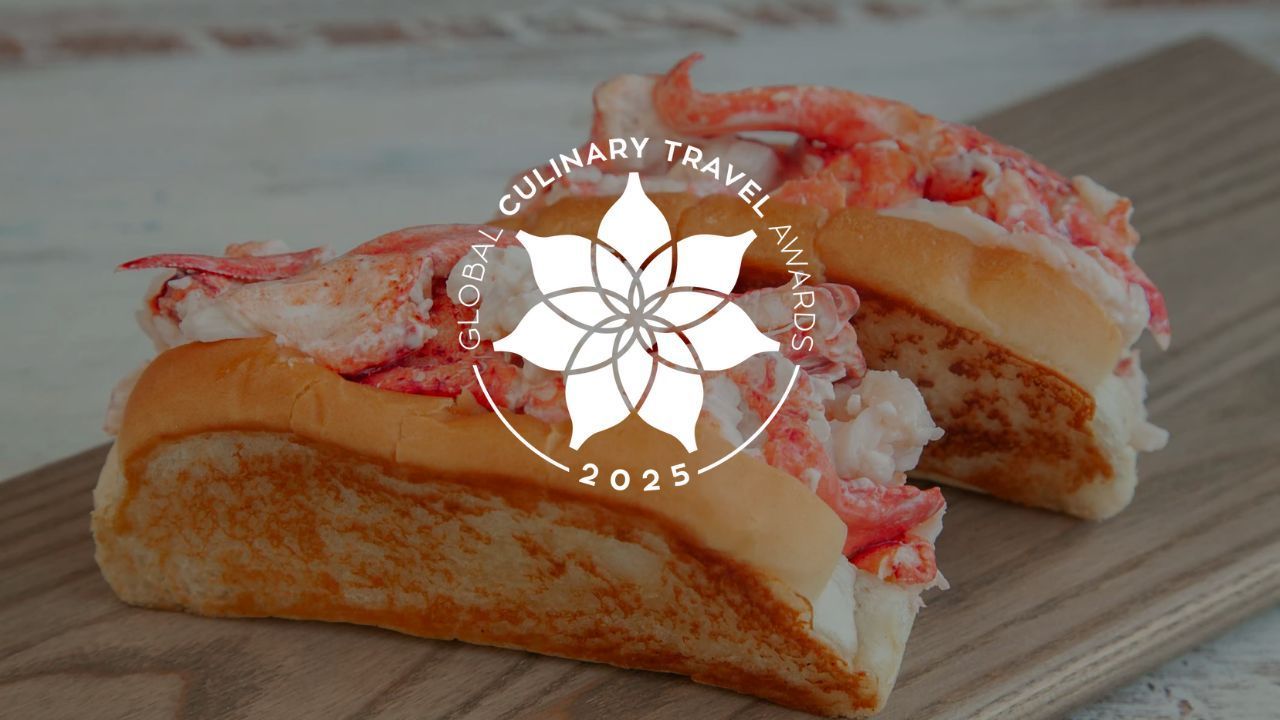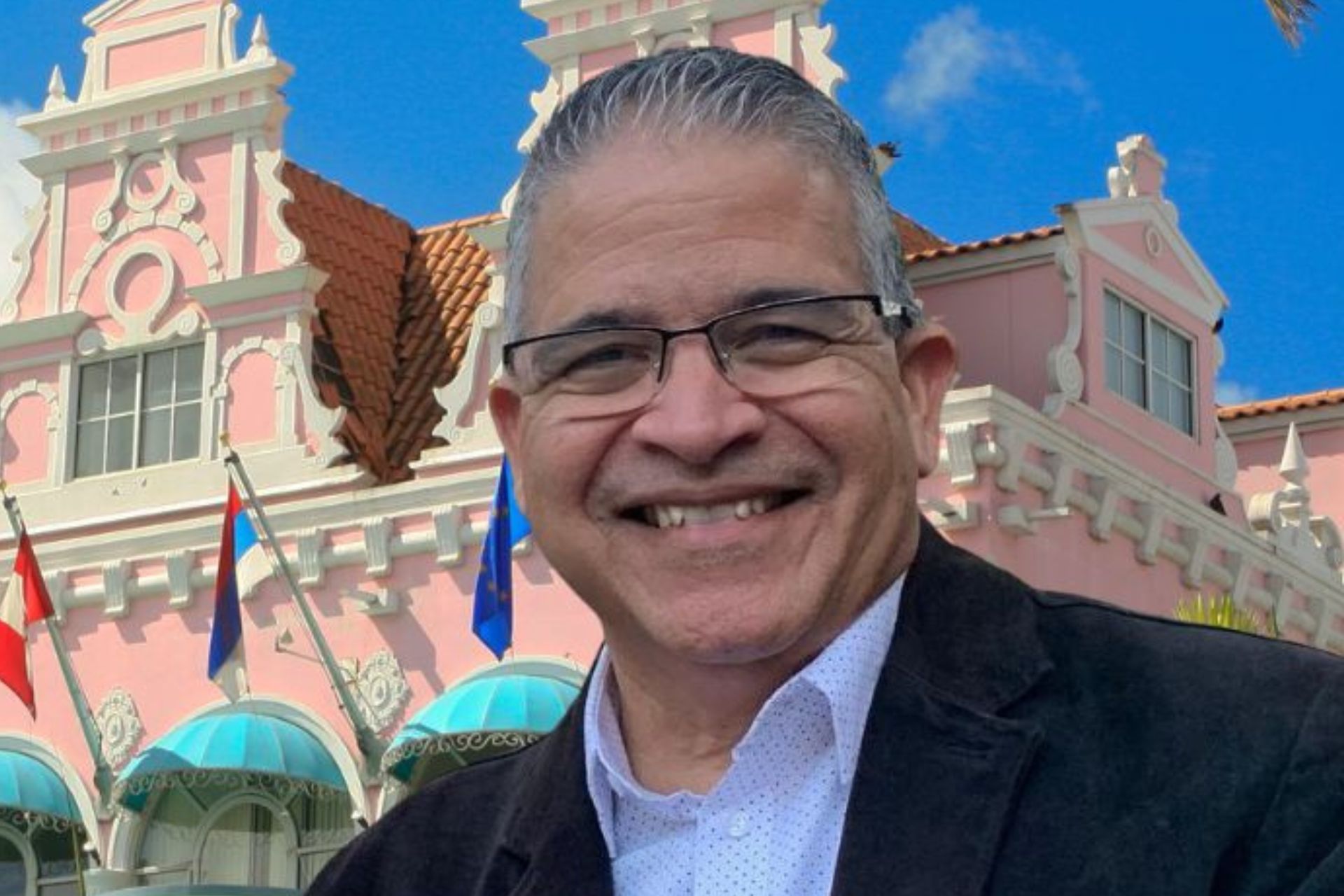Simone Fracassi, a Restless Master of Nose-to-tail Butchering
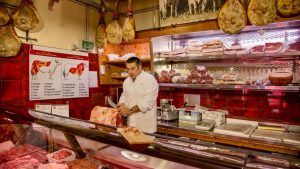
Should we simplify our acquaintances with fellow Italian butchers – Michele and Dario in primis – I would say they are, overall, of a sharp breed: transparent in their thinking, bighearted with kids and outgoing with everyone approaching their craft with pure interest and far from easy conceit. Simone Fracassi, an artisan butcher from the Tuscan Apennine, is all of the above. And a little bit more!
Born in Arezzo in the mid-’60s, Simone spent the last 5 decades of his life in the family butcher store in Rassina, a village of Casentino over 300 mt asl, less than 2.000 inhabitants, and a good hour drive away from Firenze. In this valley of the river Arno – before it crosses the Chianti, Firenze, Pisa to finally flow in the Tyrrhenian sea between Viareggio and Livorno – there’s a long tradition of breeding Chianina cows and grigio Casentino porks.
This is an extract from a short interview I had with Simone in the last days.
Livio: Please tell us about your family traditions in the craft of butchery.
Simone: According to an old man in Rassina my great grandfather from my mother’s side of the family, the Bruschi, opened the macelleria in 1927. Since I was 7, during the summer and Christmas holidays, I helped Nonno Angiolo in the butchery backroom. My first task was cleaning the bones. “That’s where the profit is” was my grandpa’s refrain. Today, 4 generations down the line, with my wife and my daughter’s support, the store is still there where it all began. And the philosophy has remained unchanged: we respect the animals and the breeders’ work, we practice and preach nose-to-tail with faith and belief, we strive to provide chefs and customers with healthfulness and trust.
L: People refer to you as the Master of Chianina. What is so special about this cattle breed?
S: Casentino is the valley with more Chianina cattle in the whole of Tuscany. Known as the heaviest breed and the biggest in size, very few people know that Chianina is also the leanest beef meat, with the lowest cholesterol, hence the easiest to digest – provided that it is bred respecting nature and animals. Females can get up to 2,200 lbs / 1,000 kgs while bulls can tip the scales at 3,330 lbs / 1,500 kgs. From Roman times to the end of the Second World War, the Chianina cow was the workhorse of Italian agriculture living most of its life as a draft animal. A perfect farm animal, docile yet powerful, when bred for consumption, the Chianina is prolific and fast-growing. My mission – and ultimately my service to the community – is to make it tender with the right hanging of the meats and to avoid any waste.
L: What about the Tuscan breeds of pork you raise in the valley?
S: To me, the same philosophy and care for Chianina meats, apply to Grigio del Casentino pork. My prosciutto del Casentino is a limited production and Slow Food presidia product. Little known but well praised within the chef’s community, today like in the past. A historic 19th-century text already cites the prized prosciutto from the Casentino area, which was sent as far away as Germany and England. Now, as then, legs of pork are trimmed, massaged, and salted twice – the first time with garlic – every day for two weeks. The prosciutto is left to rest for about 50 days before the real aging begins. The shape is round, elongated, and flattened, and the weight varies from 9 to 12 kilos. When cut, the prosciutto has a beautiful bright red inside, with a good proportion of candid white fat.
L: When do you recall your work and commitment being recognized by the wider public?
S: It all started in the early 2000s when I was invited to some Italian TV shows – Prova del Cuoco, Linea Verde – covering my beloved breeds and butcher philosophy. Then came some events and workshops. First in New York, with Cesare Casella head of the International Culinary Center. There I lectured local butchers like Dickson’s of Chelsea Market and others. Then in Dubai, Beijing, Honk Kong, Abu Dabi, and Buenos Aires with the culinary institutes I taught the Tuscan traditions and culture of raw and rare meats preparations starting from healthy free-range animals.
L: Have you thought of leaving Rassina to follow a career somewhere in Italy or abroad?
S: We have been interested and often thought about moving but, in the end, we decided to stay where we are. I have always been reluctant to adapt myself and my work ethic to modern trends and I kept on working as my parents did. We would have three times more customers if we were in Arezzo or Firenze, but I believe we would have lost our legacy and that special bond we have with the countryside and breeders. Here in Rassina I am happy to go to work every day, my passion is alive and the people coming to my store seem to enjoy listening to what we have to say. With the hectic rhythms of a big city, I fear the work and knowledge of an artisan could be belittled.
L: Your restless creativity brought to life some new products. What are they?
S: Before working with chefs and restaurants, 20 years ago, I had to find a solution to use every part of the animal. For every Chianina calf, there are 60 steaks and 8 Fiorentine with T-Bone. The remaining cuts are often overlooked. Borrowing from my mother’s and nonna’s family recipes I developed a line of jarred meat-based products: stews, white ragout sauce, red ragout sauce with tomato, and the tripe with the addition of soffritto and ragout. Finally using up all the calf’s giblets – heart, spleen, skirt, and liver – I have created a black crostini spread, il Nero di Chianina, which goes well with Tuscan bread, or as a filling for ravioli, served with butter and truffles.
L: What do you foresee in the future of your industry?
S: My hope is to be able to hand down this wonderful craft to the next generation. I wouldn’t mind seeing fewer talks “just” about organic meat in favor of deeper attention on countryside small-scale farms, and the people – master craftsmen, breeders, butchers, and restaurateurs – who give their lives to preserve ancient foodways and local traditions with the utmost respect for animals and nature.
Authored by: Livio Colapinto, Zest of Italy

